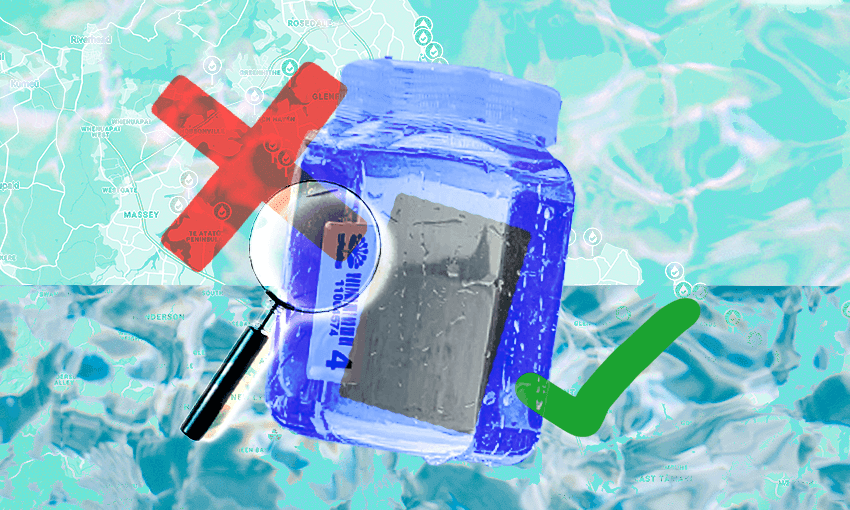
These textile viruses, created by the artist Jo Dixey using pearls, nails, and wire, are on show at New Zealand’s national museum, which is expanding its covid history collection to capture the country’s experience of the pandemic.
Staff at the Te Papa Tongarewa museum in Wellington began to draw together the collection from the moment Jacinda Ardern, the prime minister, announced one of the world’s toughest lockdowns in March 2020. The amassed objects cover themes including life in lockdown, the government’s response, graffiti, Māori perspectives, and the experiences of ethnic minority groups.
As the pandemic evolved so did the collection, to include the vaccine rollout and anti-vaccine sentiment. “What became apparent was the amount of creativity that was happening during lockdown in response to both the lockdown and concerns about the virus,” Claire Regnault, a senior curator, told the Guardian. “We’re collecting what we can now—the things we think are interesting or important—but we know in 10, 30, or 80 years people will come to us and say, ‘I got this from my grandma from the covid pandemic,’ so we work with a long view.”
The government’s pandemic response is credited with giving the country one of the lowest rates of excess mortality in the world. Public health researchers at Otago University concluded that New Zealand had minus 215 excess deaths per million, around 1103 fewer people dying than would have been expected in the same period before covid.





















Discussion about this post